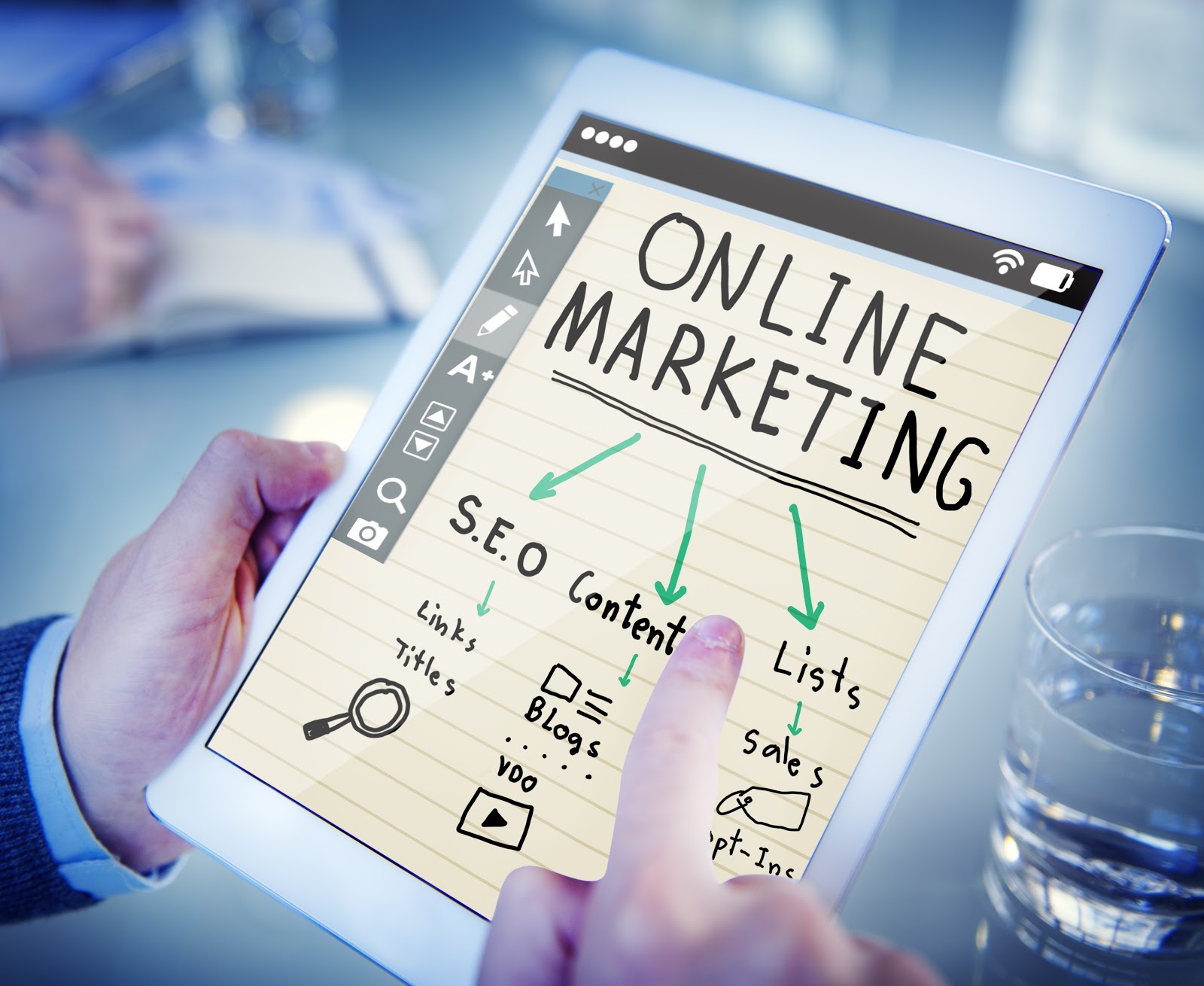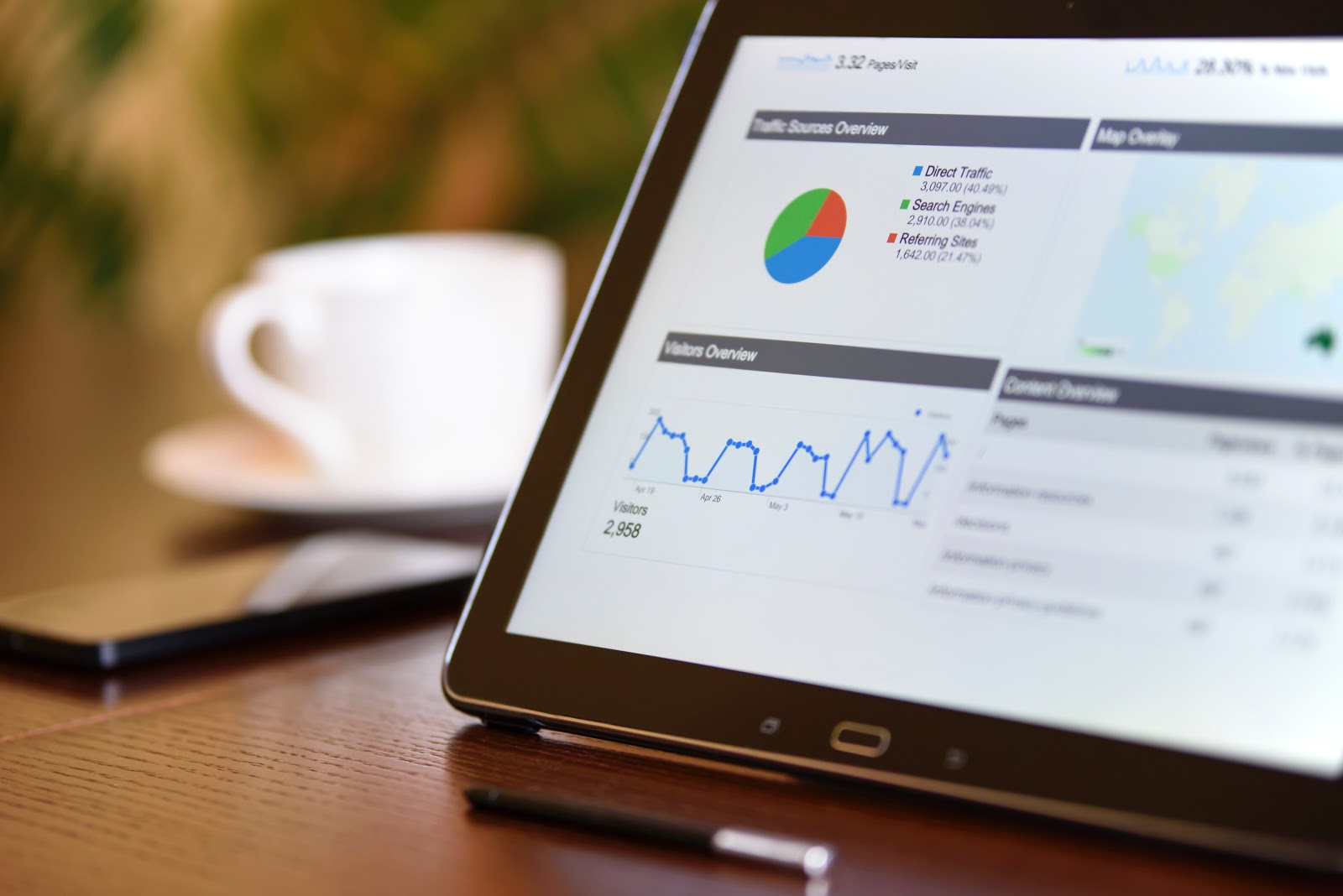Search Engine Optimization (SEO) is at the heart of every content marketing strategy. In fact, did you know that up to 90 percent of traffic originates from search engines? THAT’S how important it is.
Due to its influence and the massive number of searches performed daily on Google, it’s time for B2B marketers to turn their attention towards SEO.
Optimization isn’t just about generating traffic; it’s about generating qualified leads for your B2B business that eventually turn into clients. Online searches and, hence, SEO form the very first stage of the buying cycle.
Many marketers mistake SEO as a process that generates keywords and think their job is done. However, what they fail to realize that SEO is so much more than that. It requires an understanding of the needs of the B2B buyer and the buying process, in addition to the benefits SEO will lead to.
Keeping everything in mind, here’s what every B2B marketer must know about SEO:
Optimize Around A Topic, Not Keywords
One of the primary concepts of SEO concerns on-site optimization, i.e., the application of a particular keyword through an article and its meta tags.
In the past, SEO experts usually created individual pages for every main keyword, and in most cases, a separate page for every variation. However, after the introduction of Google’s Latent Semantic Indexing (LSI) – a process through which the frequency of a term, and the correlation it holds with other terms on the page, can be assessed – there’s more significant detail in the way Google analyses a page.
Google can now understand what each page is about by analyzing its overall topic. Thus, it’s safe to say that on-site optimization has advanced from keywords-specific to topic-specific.
What does this mean for you? Well, for starters, you need to start focusing on your audience, and their personas to determine what exactly they want, need, and, hence, search for.
Creating content that addresses your audience’s queries rather than just trying to increase your SEO ranking will definitely prove fruitful in the long-run.
Focus On Internal Linking
Many SEO experts make the mistake of tending to focus all their efforts on the addition of inbound links to increase their site’s authority, and completely neglecting internal linking.
Internal linking is crucial to your success; not only does it help Google improve your site’s crawling, but it also gives your audience a chance to read more of your content.
B2B marketers usually manage lots of content for their audience, with each piece highlighting a different stage of the buyer’s journey. This abundance gives marketers the opportunity to manage internal links by cross-linking to a content piece that focuses on another stage, ideally one that’s right above or below the stage currently being addressed.
Confused about how you can do that? For instance, you link an article to a webinar, a webinar to another article or case study, and a case study to an eBook or an article. There are countless ways you can do this, so it’s crucial not to limit yourself.
Another way you can easily improve internal linking is by ensuring your site has a “flat” or, simply put, a horizontal site architecture. Any visitor will easily be able to browse through different sections with a few clicks.
Realize The Importance Of Repurposing Content
Did you know, about sixty-percent of B2B marketers struggle to create engaging content for their target audience? Although it’s necessary for you to create content on a regular basis, the question lies with why the content needs to be new every time.
It doesn’t.
Generating new content every time is not only time-consuming, but it’s also a waste of your valuable resources too. Instead of wasting time, money, and efforts creating content, you should shift your focus to promoting it.
The best way to ensure your way out of this rut is by repurposing old content. Here are three ways you can do that:
- Adapt a previous idea to a new content type, such as turning an article into a video, or a webinar into an eBook.
- Revise a previously-published piece by adding new data, different graphics, a case study, or a newer overall perspective.
- Break up a long article into multiple, small pieces.
Optimize According To Intent
Although optimizing around a particular topic is a good start for most marketers, it’s never enough for a B2B marketer. On-page optimization will only work for you if you manage each page with the intent of your target audience. For this, you need to effectively segment each topic according to the stage of the buyer’s journey.
There are mainly three stages every buyer goes through: problem-aware, solution-aware, and purchase-aware. The stages are pretty self-explanatory, but I’ll explain them regardless.
The first stage refers to a potential customer knowing they’re facing a problem and looking for ways to solve it. The second stage involves to the stage when a customer knows how the problem can be addressed and is looking into different ways to solve it. Lastly, the third stage refers to when a customer is aware of the tools mentioned above and are in the process of figuring out which one fits them the best.
Optimizing your pages according to these pages is bound to help your potential visitors find appropriate content through search engine results.
It’s all about providing the right content to the right customer at the right time. Working on your optimization will lead to a better and more effective website that has lower acquisition costs.
As a B2B marketer, or any kind of marketer for that matter, you need to remember that SEO and content marketing go hand-in-hand. The intersection of both channels and the incorporation of the tactics above will guarantee the success of your B2B content marketing strategy.
Have you tried any of these tactics before? Or do you have any other tactics in mind? Let us know in the comments below!
Dave Schneider is the founder of LessChurn, churn reduction app. In 2012 he quit his job to travel the world, and has visited over 65 countries. In his spare time, he writes about SaaS and business at DaveSchneider.me.


